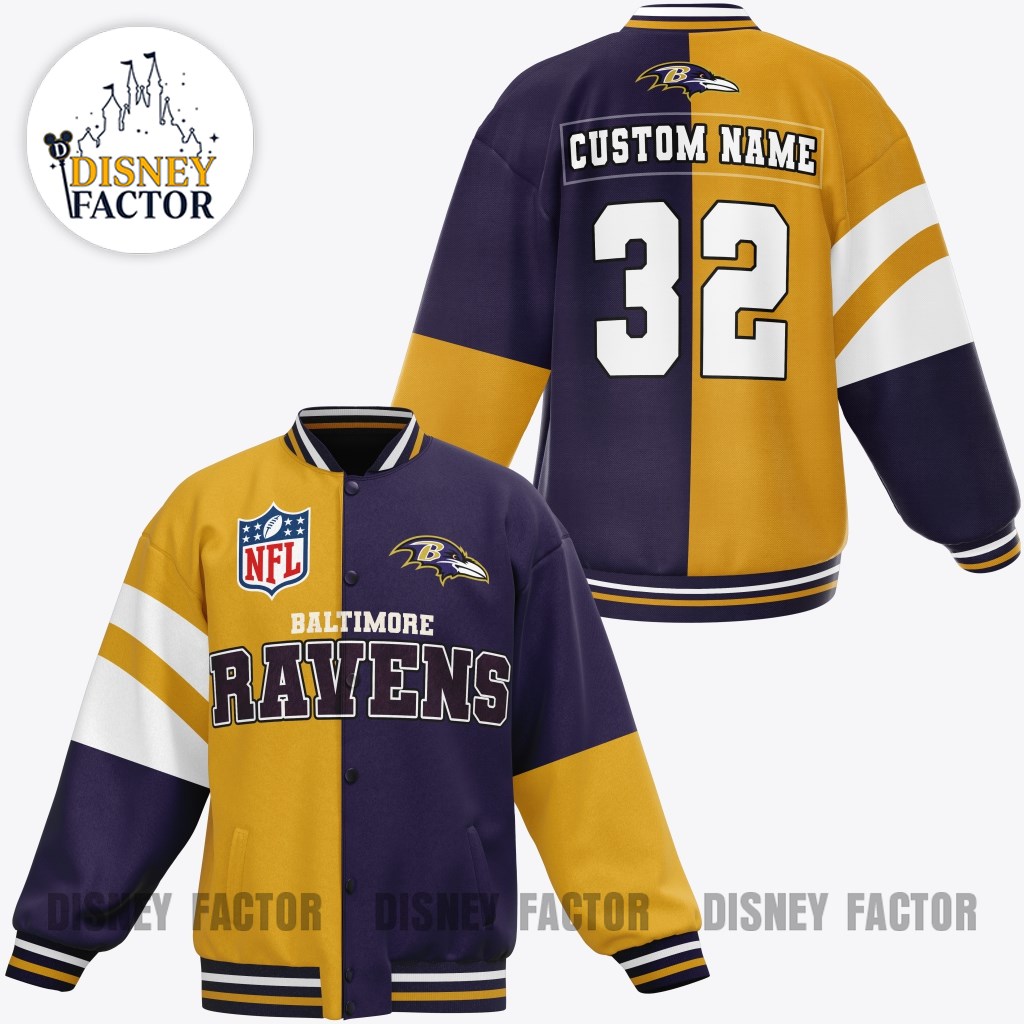Running shoes vs. training shoes: Are all shoes the same?

According to one research of the American College of Sports Medicine, 85% of people surveyed and tested wear the wrong shoes when running. We all have heard phrases like running shoes, running shoes and training shoes, training shoes but really understand the differences, advantages / disadvantages or risks if using the wrong function is not much. people.

What are the difference between running shoes and training shoes?
One seemingly simple thing, but also needs to be emphasized before going any deeper, that is to understand the different uses of running shoes and training shoes (two types of shoes are commonly referred to as sneakers). . Users need to clearly define that running shoes are for the exercise type of running, while training shoes are to serve a wide variety of movements (including running).
Thank you for reading this post, don't forget to subscribe!
Why is it necessary to separate 2 lines of shoes with two different uses? The answer lies in the physical properties of the foot movement during the movement. When running, the movement of the body is always in a straight and forward direction. Other directions of movement such as horizontal, diagonal, rotation are almost completely absent. A running shoe will provide protection and support when the foot lands at constant intensity during the run.

What about training shoes? The variety of workouts include a variety of exercises and movements such as jumping, jumping, lifting weights, rotating and even jogging. The patterns and directions of motion are therefore also more: horizontal, vertical, forward, backward, rotate, sudden change, and the intensity of the change. A training shoe should provide extra protection for the feet when performing these more flexible forms of movement.
In simple terms, training shoes can meet many movement needs in one. As for running shoes, it is mandatory to use a dedicated running or running form. And so a multi-purpose training shoe is capable of your running (usually less than 5km distance), but a pair of running shoes does not guarantee functionality and safety. moderate to heavy workouts.
The difference in structure and design

Running shoes and training shoes at a glance have no difference in shape. But the most obvious difference lies in the sole and the heel. For running shoes, the sole should be of a structure and shape that ensures support from the heel to toe of the foot. For this reason, the heel part is also raised a bit higher to increase smoothness, support as well as energy absorption and energy return.

As noted above, training shoes need to provide flexible and stable foot support in a variety of light, medium to heavy movements and movements. To ensure stability and grip for all exercises, the sole of the training shoe will be leveled (heels usually do not protrude slightly higher than the toe like running shoes).

In addition, the weight of the training shoe is often heavier than the running shoe versions. The sole of the training shoe is often equipped with rubber pads on the sides to help increase the surface grip when exercising. This is not necessary on a running shoe (as it only needs to be fitted to the heel and toes), thus reducing weight. Furthermore, the upper body of the training shoe needs to be better reinforced with more rigid materials to ensure stability and protection of the foot and ankle when performing complex movements. In training shoes, the light weight thanks to the removal of excess details is a top priority, ensuring the lightest feeling for the foot when running continuously.

Choosing inappropriate and improperly worn shoes will cause problems and risks for the wearer?
The 3 biggest problems and risks of wearing the wrong shoe for exercise are: discomfort, performance impairment and injury.
Feelings of discomfort: After a period of inappropriateness, exercise can cause blistering, soreness and swelling. The right shoes will ensure your feet always feel comfortable, fit and leave no discomfort after every run or workout.
Declining features: Wearing shoes with the wrong function will decrease performance and efficiency of shoes during exercise. Using running shoes during heavy exercise will decrease flexibility, stability, grip and protection. Similarly, training shoes when worn for jogging will not feel smooth, gentle, and supportive to the foot.
Injury: Running shoes and training shoes are designed so that when worn properly, they will maximize support and reduce the risk of injury. Here are a few cases of wearing the wrong shoe that can cause injury to the wearer:
- Wear running shoes and practice movements that move sideways, diagonally, and rotate: the raised heel in the running shoe increases the likelihood of a dislocation of the wearer’s ankle.
- Wear running shoes and do pop and dance exercises: the smooth sole of the running shoe makes jumping ground unstable and can cause knee or ankle injury.
- Wear training shoes for jogging: The lack of comfort and support on the sole of the training shoes will make the wearer’s feet uncomfortable, and for a long time it can lead to hepatitis, which is inflammation of the foot muscle membrane, the main cause. so heel pain.
See more: Top 10 favorite “gym shoes” for the first 6 months of 2018 (Part 1)

Comment
Source: Running shoes vs. training shoes: Are all shoes the same?
– Eachshoes.com





